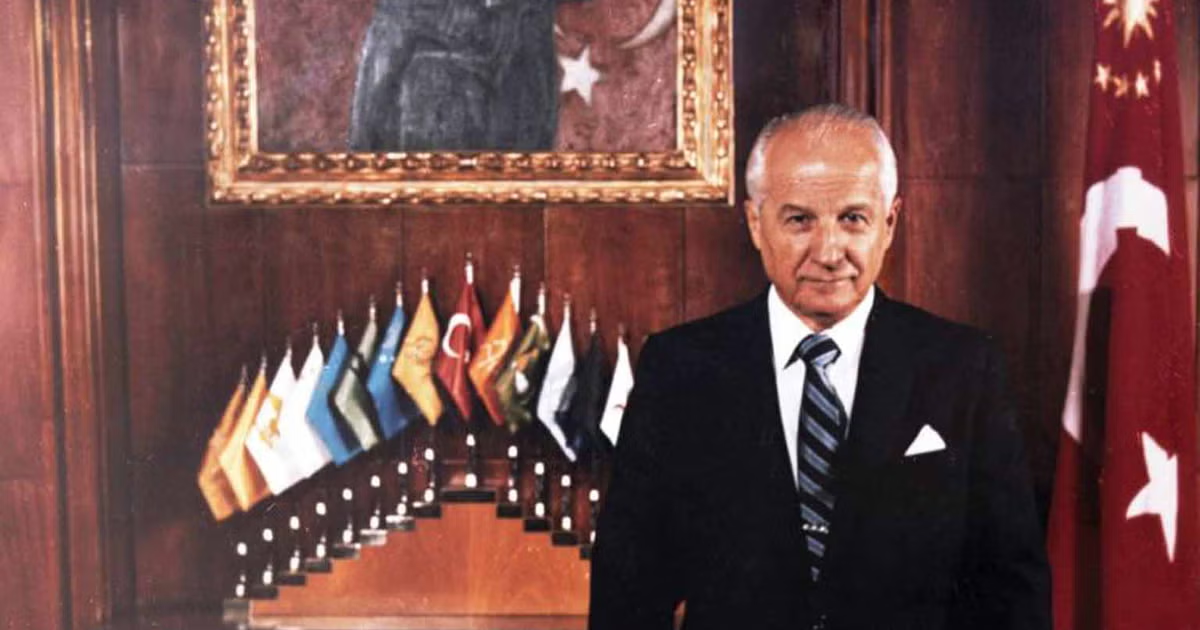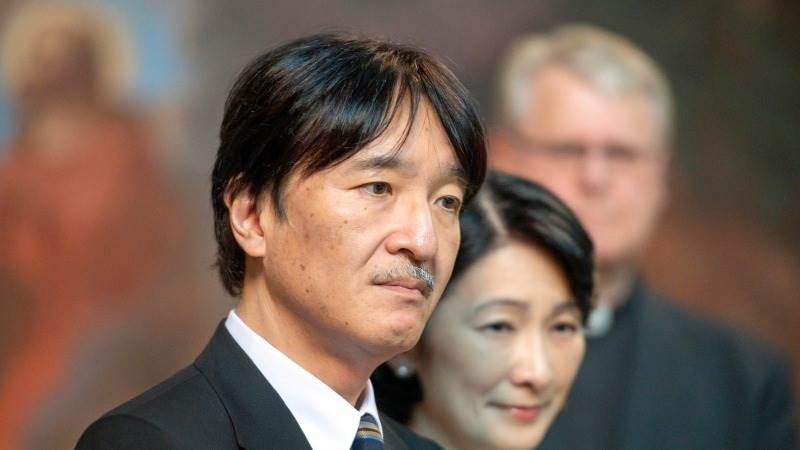Haka: The Māori War Dance and Its Cultural Significance
japanchildrenrights.org – The haka, a traditional Māori dance, has become one of the most recognizable and iconic cultural expressions from New Zealand. Known for its powerful movements, intense facial expressions, and rhythmic chanting, the haka was originally performed by Māori warriors before battle to display strength, intimidate opponents, and unify their tribes. However, over time, the haka has evolved into a symbol of Māori identity and pride, extending beyond warfare to various social, ceremonial, and even international contexts. This article delves into the history, cultural significance, and modern-day relevance of the haka in Māori society and beyond.
The Origins of Haka
The haka has deep roots in Māori history, with its origins tied to the early settlement of New Zealand (Aotearoa) by the Māori people, who arrived from Polynesia over 1,000 years ago. The dance is believed to have been introduced by the gods, and it is closely associated with Māori mythology. The haka was not only a war dance but also a ritualistic performance used in various social settings, such as welcoming guests, celebrating achievements, and marking important events.
Historically, haka was performed by warriors before going into battle. The dance served multiple purposes: it was meant to boost morale, promote unity, and intimidate the enemy. The loud chanting and fierce physical movements were designed to demonstrate strength, prowess, and determination. Each haka would vary in style and meaning, with some being associated with specific iwi (tribes) or hapū (sub-tribes).
Haka and Māori Warfare
The haka was traditionally performed in the lead-up to a battle, often conducted by groups of warriors (toa) to invoke the protection of ancestors and gods, and to inspire fear in the opposing forces. Warriors would gather in formation, often on the battlefield itself or at a war camp, and perform a haka with vigorous stomping, thrusting of limbs, and powerful facial expressions to emphasize their ferocity and readiness for combat.
The haka’s primary function was to instill fear in the enemy by demonstrating the strength and unity of the tribe. The rhythmic chanting—known as the war cry or rallying call—was often accompanied by fierce facial expressions, particularly the famous wiri (shaking of the hands and arms) and pūkana (wide eyes and grimaces). These expressions of aggression and strength were meant to psyche out the enemy before battle even began, often causing them to hesitate or retreat.
Haka in Ritual and Ceremonial Life
While the haka is most closely associated with warfare, it was also an essential part of many other Māori rituals and ceremonies. For instance, the haka was commonly performed during welcoming ceremonies (powhiri) to greet guests, particularly important leaders or visiting dignitaries. This version of the haka, which emphasizes hospitality, unity, and respect, is less about intimidation and more about celebration and recognition.
In Māori culture, the haka is also used to mark significant events, such as births, marriages, and funerals. In these contexts, the haka symbolizes the collective spirit of the whānau (family) and iwi (tribe) as they come together to honor the person or event being commemorated. The haka’s role in these ceremonies is to express collective emotion, such as joy or mourning, and to strengthen the bonds between individuals and communities.
The Structure and Performance of Haka
The haka is characterized by its distinctive movements, chanting, and facial expressions. There are many different types of haka, each with its own specific structure and meaning. The most well-known types are:
- Ka Mate: Perhaps the most famous haka, composed by the Māori chief Te Rauparaha in the early 19th century. This haka is a celebration of life and survival, with its powerful imagery of victory and resilience.
- Peruperu: A type of haka performed before battle, marked by high knee lifts and vigorous stomping. The peruperu haka is meant to prepare warriors physically and mentally for combat.
- Tūtū ngā Rangi: A haka performed to demonstrate unity and solidarity among the people. It is often used in ceremonial contexts, such as welcoming visitors or celebrating achievements.
- Ngeri: A chant-based haka, often featuring rapid vocalizations and rhythmic body movements, used to express deep emotion or to emphasize the significance of a particular event.
A traditional haka performance involves a group of people, often arranged in two opposing rows, who perform synchronized movements. The performers stomp their feet, clap their hands, and make strong facial expressions. The chanting, known as the waiata, often tells a story, either of the tribe’s ancestors or of an event being commemorated. The pūkana, or intense facial expressions, are used to convey the emotional force of the haka. Performers may widen their eyes, stick out their tongues, or grimace to represent the fierce energy of the performance.
Haka as a Symbol of Māori Identity and Pride
In contemporary New Zealand, the haka has transcended its original purpose as a war dance and become a symbol of Māori identity and pride. While it remains a significant cultural practice for many Māori communities, it has also been embraced by the wider New Zealand population as a symbol of the nation’s heritage. The haka is often performed at national events, such as sporting matches, particularly by the New Zealand national rugby team, the All Blacks, who perform the haka before every game.
For the Māori people, the haka is a way to assert their cultural identity and express their mana (prestige, spiritual power) on the world stage. In recent years, the haka has become a source of pride for many Māori, serving as a vehicle for reclaiming cultural heritage and promoting Māori language and customs.
The All Blacks and the Haka
Perhaps the most famous global performance of the haka occurs before rugby matches, particularly by the New Zealand national rugby team, the All Blacks. The team performs the haka to showcase their strength, unity, and cultural heritage before each game. The All Blacks’ haka is seen as a statement of respect for the Māori people and their traditions, as well as a way to demonstrate the team’s determination and readiness to compete.
The haka performed by the All Blacks is a specific version of Ka Mate, but other versions, such as Kapa o Pango, have been created to represent the team’s connection to Māori culture while still maintaining their unique identity. The haka has become one of the most iconic moments of any All Blacks match, inspiring fans and intimidating opponents.
Haka in Modern-Day Māori Culture
While the haka is widely recognized as a part of Māori culture, its meaning has evolved over time. In contemporary Māori society, the haka is often performed at significant cultural and social events, such as graduations, funerals, weddings, and community gatherings. It remains an important vehicle for expressing collective identity, cultural pride, and solidarity within the Māori community.
In recent years, the haka has been used to assert Māori rights and visibility in New Zealand. Māori activists and groups have utilized the haka as a form of protest, using the dance to draw attention to issues such as land rights, Treaty of Waitangi claims, and the preservation of Māori language and culture.
The haka’s role in Māori society continues to evolve, but it remains a powerful reminder of the resilience, strength, and cultural heritage of the Māori people.
Conclusion
The haka is more than just a war dance—it is a cultural treasure that embodies the history, values, and identity of the Māori people. From its origins as a battle preparation ritual to its modern-day use as a symbol of Māori pride, the haka remains an important expression of Māori culture. Its powerful movements and chanting evoke a sense of unity, strength, and determination, whether on the battlefield, at a welcoming ceremony, or on the international stage. The haka continues to inspire and connect people, not just in New Zealand but around the world, as a testament to the enduring power of Māori culture.


